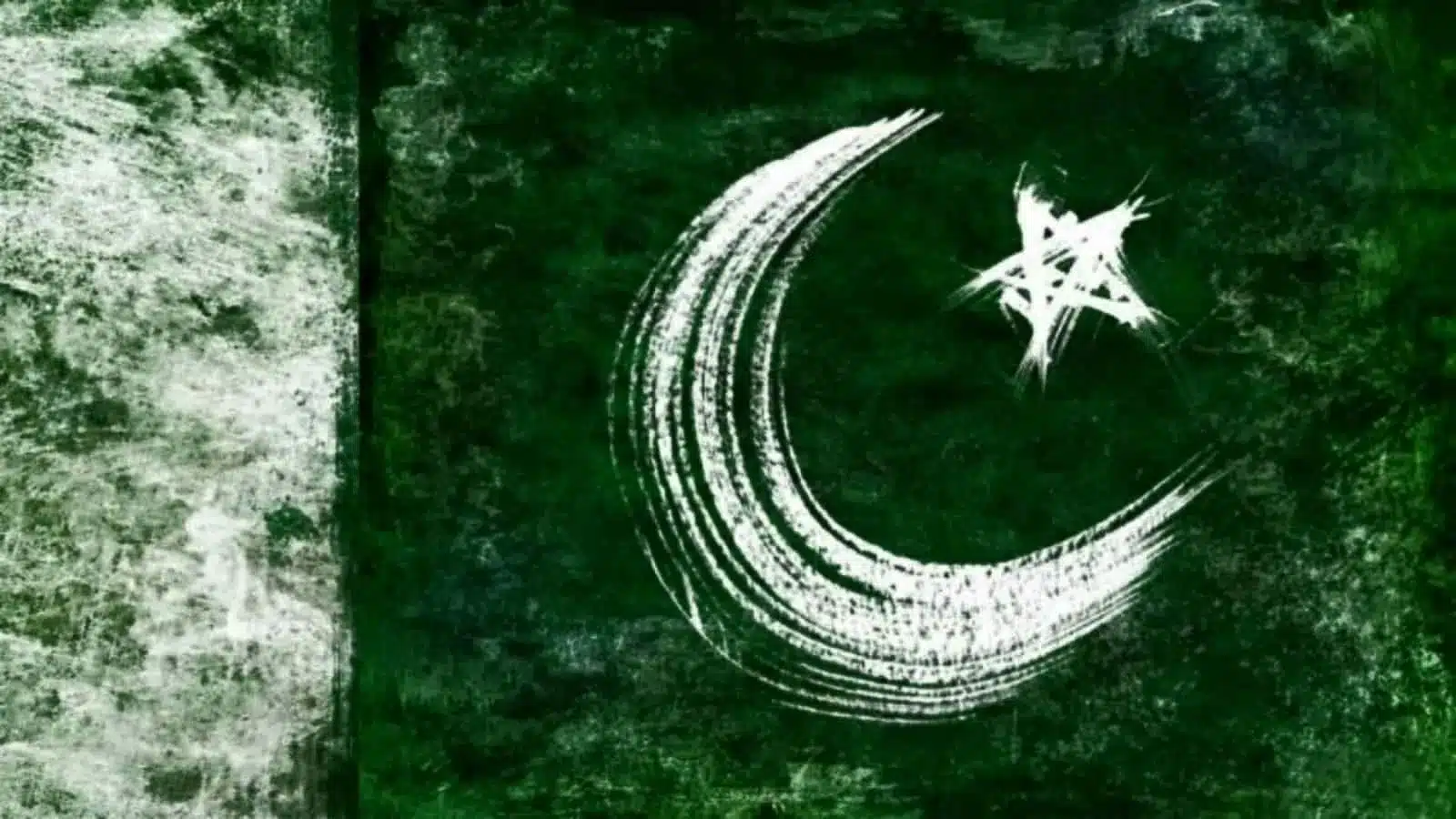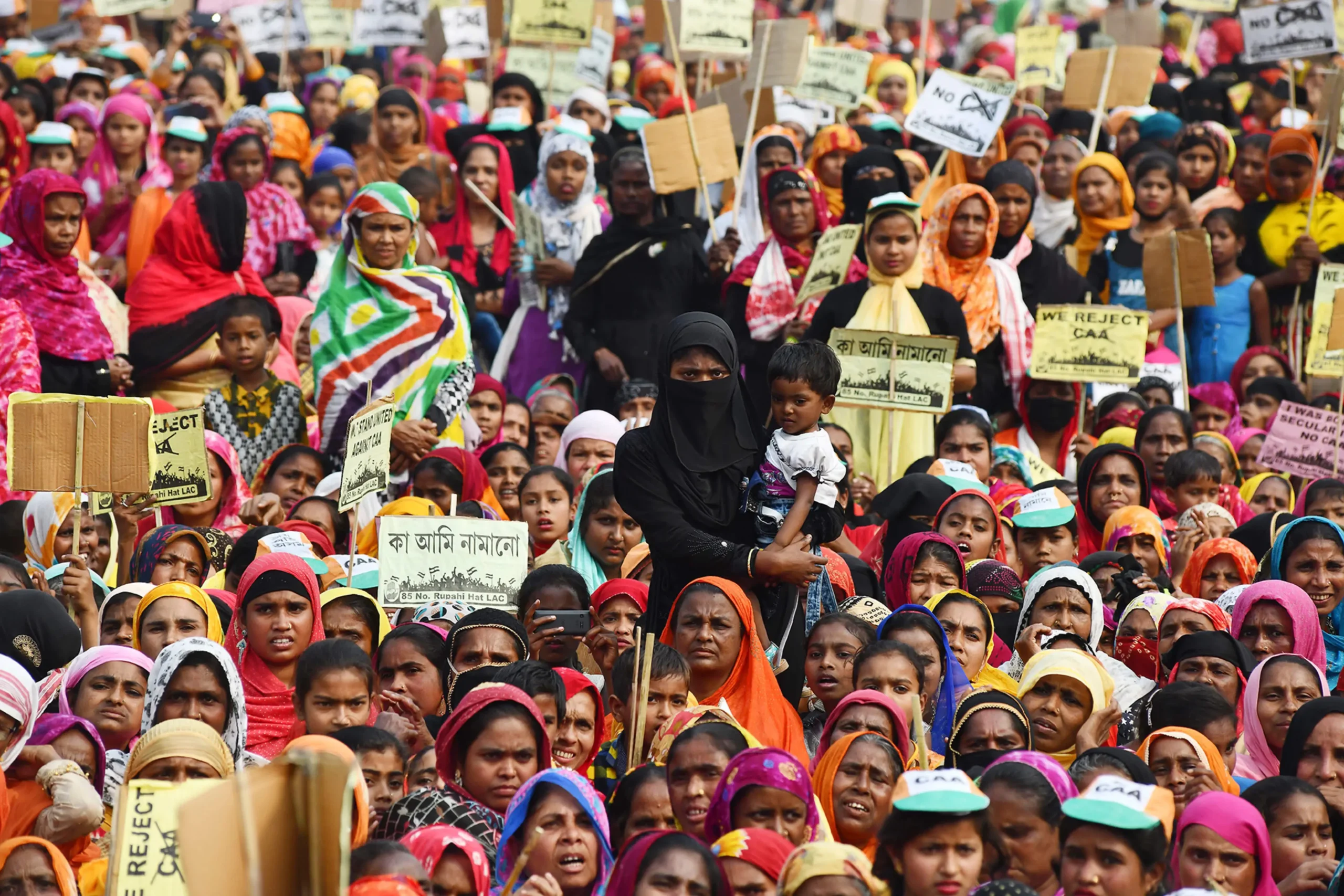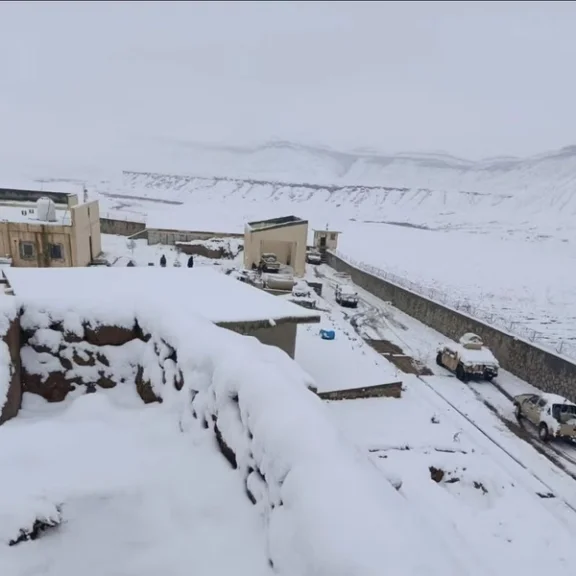As history bears witness, Pakistan has rarely been free of the fear of a looming crisis. Marred from infancy, the country’s struggle for survival has been both intriguing and precarious. It has seen it all, from perilous attempts to forge a national identity to developing a democratic framework for its linguistically diverse, albeit predominantly Muslim population. Over time, Pakistan’s ongoing troubles have been understood to be rooted in its dilemma of striking a balance between the demands of national security and the goal of national integration. For several years, there has been an economic downturn, but it has now become a full-fledged balance of payments crisis. Despite the country fulfilling the majority of the International Monetary Fund’s (IMF) demands, progress on a staff-level agreement with Pakistan on the ninth review of a $6 billion loan facility is being delayed.
Pakistan: One Misfortune Too Many
Unquestionably, Pakistan has experienced significant upheaval during its brief lifespan as a nation.
For the past seventy-five years, it has struggled to achieve lasting stability owing to tussles between the provinces and a sustained rivalry with India that has brought the two neighbours to the brink of war more than once. Having served as a “frontline” state in the Cold War and the war on terrorism, it has alternated between democratically elected governments and military regimes, leading to a persistent pattern of economic and political instability. After a dramatic no-confidence vote in parliament in April last year, which resulted in the ouster of Pakistan’s then-prime minister Imran Khan, the nation’s political unrest did not cease. Since then, divisions and insecurity have only grown worse. Khan has led an opposition movement against the ruling coalition and the military leadership, holding a number of sizable protests across the country last year.
Fortune seemed decidedly not in favour of the country when disastrous floods ravaged much of it through the summer, jeopardising the economy, which had been stricken for months before. The calamity left more than 1,700 individuals dead, homes, infrastructure, and substantial cropland destroyed, and millions of people homeless in its wake. It submerged entire towns and caused a third of the country to be underwater. Yet, over 90,000 people are living outside of their homes more than four months after the worst of the disaster, and the floodwater is still evident in some places. Even with the central bank’s recent announcement that the country’s foreign exchange reserves increased by $66 million to $3.258 billion in the week ending February 17, it just has enough to cover three weeks\’ worth of imports as well as recover from such a catastrophe.
When weighed against the nation’s most pressing political and economic issues, the threat posed by the Tehrik-i-Taliban Pakistan (TTP), the terrorist organisation responsible for the deaths of tens of thousands of Pakistanis between 2007 and 2014, does not appear insurmountable. But now that the Taliban are in control of Afghanistan, the TTP is more confident than ever and once again threatens Pakistan, albeit for the time being within a relatively small region. Last year, the group carried out at least 89 attacks in Pakistan, the majority of them in the northwest. As a result of the TTP’s safe haven in Afghanistan, the Pakistani government is at a loss for how to deal with the outfit. Ominously, the single greatest terrorist attack on security forces occurred in January 2023 when a suicide bomber killed over 100 people in a mosque frequented by police officers in the city of Peshawar.
At the End of the Tunnel
With the stage so set and the issues so ripe for aggravation, it is hard to imagine anything but resolute darkness at the end of the tunnel.
However, neither a hasty admission of defeat nor a mere recognition of the interplaying factors should be the direction the nation is headed.
Although the current government has refused to consider early elections, a constitutional deadline for national elections has been set for October. To this end, the ruling coalition may find it politically advantageous to put them off as long as it can while it works to recover from Pakistan’s acute economic crisis and its contentious domestic performance. It lost valuable political capital over the past year, and if the series of by-elections held in July and October is any indication, the opposition’s shadow is too large to wish away. Understandably, the most pressing concern for Pakistan, a country consumed with politics, is who will dominate the impending general election, but the ultimate hope lies with the populace grasping the wisdom of choosing the nation before individuals.
In terms of economic crises, Pakistan endures them every few years as a consequence of an overspending and underproduction-driven economy that is dependent on foreign debt. When the debt bill grows and payments become due, each crisis grows more severe. Internal political unrest and the flood debacle this year have only made matters worse. The crisis also has a substantial external component, as evidenced by the significant increase in global food and fuel costs following Russia’s war in Ukraine. It’s possible that this confluence of events has produced Pakistan’s greatest economic predicament ever. With assistance from the IMF and loans from friendly states, Pakistan may be able to temporarily escape default. This, however, won’t address the economy’s glaring underlying issues or the fact that, in order to prevent a future default, a fundamental shift in the economy’s production and consumption patterns is essential.
Of Hope and Redemption
Following last year’s floods, the Pakistani government, particularly the foreign minister Bilawal Bhutto Zardari and the minister for climate change, Sherry Rehman, raised considerable awareness of the calamity on a global scale. Prime Minister Shehbaz Sharif and UN Secretary-General Antonio Guterres co-hosted a donors’ conference in Geneva, where they received pledges totaling more than $9 billion for flood recovery over the following three years. In addition, Pakistan has been a key player in discussions surrounding the catastrophic effects of climate change on developing countries and in taking the initiative to include loss and damage on the COP27 agenda for the first time.
It is worth mentioning that in a nation already beset by problems, implementing a lasting recovery will still need immense capacity, resources, and transparency.
On the front of counterterrorism, the government’s negotiations with the TTP have frequently fallen through because the organisation is fundamentally hostile to the idea of the Pakistani state and constitution as they currently stand. Currently, Pakistan’s first inclination will be to use kinetic force to strike TTP targets inside its borders, but this will be constrained by TTP incursions into Afghanistan. A glimmer of optimism still exists despite the Afghan Taliban’s failure to date to assist in countering the TTP, despite high-level delegation visits and subsequent assertions of kinship and collaboration between the two countries.
No matter how fleeting, Pakistan must steadfastly cling to the hope that gave rise to it. This idealism was arguably best summed up by Allama Muhammad Iqbal, the country’s spiritual founder, who remarked that “Nations are born in the hearts of poets; they prosper and die in the hands of politicians.” With the dream alive, there is only the will and capacity to strive for.






